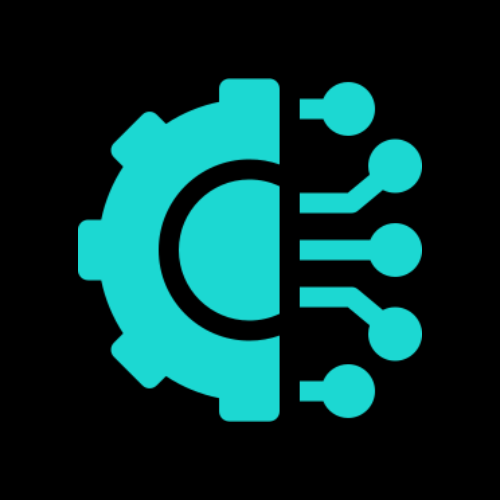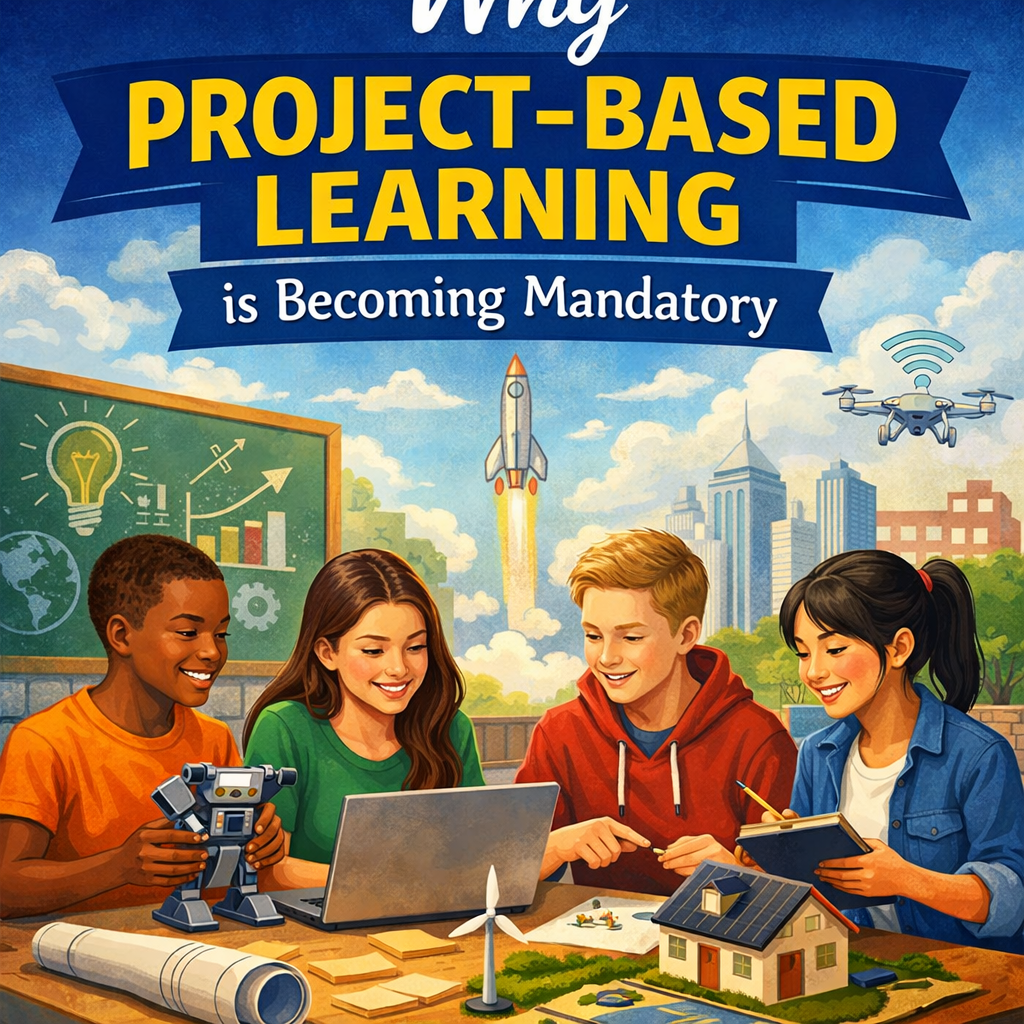Introduction
In earlier times, people used traditional methods instead of job tool to find jobs, such as:
- Newspapers: Candidates would take company contact details from newspapers and either send their CVs or visit the company directly to apply.
- Employment exchange: People used to register their names in government employment exchanges and try to get jobs from there.
- References and Networking: Most people relied on recommendations from friends, family, or relatives to find job opportunities.
- Recruitment agencies and consultants: Getting a job by contacting private recruitment agencies was also popular earlier.
- Door-to-door CV submission : People used to visit multiple companies and personally submit their CVs hoping to get a job.
These were some popular ways people used to find jobs, but in today’s time, not only is working challenging, but finding a job has become even more difficult.
With the rising level of competition, securing a good job feels as rare as finding a treasure.
But now the best job tool has made job searching much easier. With the help of AI job search tools, we can easily find and apply for our desired jobs.
Those who know how to search for a job using the best job tools and have used the right job tool are enjoying the treasure, while those who are unaware of effective job tools or the right platforms are still struggling.
If you don’t want to struggle anymore, this article is just for you.
You can also read the summary of the article first.
Understanding Job Tool
The best job tool use smart technology – AI (Artificial Intelligence) to help people find jobs more easily, efficiently, and smartly. It helps in improving your resume so it looks professional and fits the job you’re applying for, and finding jobs that are the best fit for your skills, experience, and interests. Keeping a record of all the jobs you applied for and showing the progress of each one, helping you get ready for job interviews by giving tips or practice questions, and many more.
Choosing the Right Job Tool for Your Goals
1. Identify your career stage –
First thing you have to identify is at what level you are: a fresher, mid-level professional, a senior-level professional, or a freelancer.
If you are :
- Fresher/ student then simple resume builders and internship/ job search platforms are the best for you. Example (Canva, Internshala, Apna)
- A mid-level professional needs a job tool that recommends jobs according to their skills. Example (Teal, Naukri.com, LinkedIn)
- If you are at a senior level, then you should use high-level networking and personal branding tools. Example (LinkedIn premium, topResume)
- Freelancer, then you have to use a portfolio site and a learning platform. Example (Upwork, Fiverr)
2. Checking the features of tool –
You should always check for all the features that a job tool will provide. You should only use that job tool which have all these features.
- Creating/optimizing a resume.
- Provide job suggestions based on your skills.
- Application tracking.
- Interview preparation
- Networking features
- Free or affordable plans.
3. Privacy and Security –
Always share your data with trusted platforms and check if the site is secure or not. Be safe from a fake site.
4. Reviews and Ratings –
Always read reviews and ratings of users before using the tool; with the help of ratings and reviews, you will get an idea of the effectiveness of the job tool.
5. Is it matching your career goal –
If you are searching for full-time jobs, then you should use tools like Naukri.com, LinkedIn, and if you are a freelancer, then Upwork, Fiverr will be best for you.
If you want to improve your resume, you should go with Resume.io or Zety. Know more about resume builders before checking the tools, and want a professional and impressive resume, click here.
Best Job Tools
1. Best Job Tool
It is a best job tool to find relevant jobs according to your skills and interests. It is a dynamic job search platform dedicated to connecting talented individuals with leading employers across various industries.
Key features :
- Has user-friendly interface.
- Provide comprehensive resources to help job seekers find their ideal roles.
- Offer detailed job descriptions, including responsibilities, qualifications, and requirements.
- Ensure candidates have all the information they need to make informed career decisions.
Explore top job opportunities and advance your career with Best Job Tool.
2. Teal
What it does: Helps you organize your job search with a smart tracker, resume builder, and job recommendations.
Key Features:
- Create customized resumes for different job roles
- Get suggestions to improve your resume content and keywords
- Track which stage you’re at — applied, interviewed, rejected, etc.
- View saved jobs easily inside your Teal dashboard
- Set reminders to follow up or prepare for interviews
- Generate personalized cover letters using AI
- Shows which skills are missing from your resume for a specific job
Best For: Professionals looking to manage multiple job applications.
3. Jobscan
What it does: Compares your resume with job descriptions and gives suggestions to improve it.
Key Features:
- Gives you a match rate score (percentage) to show how well your resume fits the job
- Uses an Applicant Tracking System (ATS) simulator
- Highlights missing keywords and skills from your resume
- Suggests improvements to attract more recruiters
- Rates your resume on various factors like word choice, formatting, skills, and length
Best For: Improving a resume to get past ATS filters.
4. LoopCV
What it does: Automates your entire job search – it finds jobs, applies on your behalf, and sends updates.
Key Features:
- LoopCV automatically finds jobs that match your profile
- It can also apply on your behalf without you doing anything manually
- Recommends jobs based on your preferences (location, role, salary, etc.)
- You can set filters like: Job title, Location (remote or on-site), Company size, and Salary range.
- Upload different versions of your resume
- LoopCV will choose the most relevant one for each job application
- Helps you understand what’s working and what’s not
Best For: Passive job seekers who want jobs without daily effort.
5. Hiration
What it does: Creates professional-looking resumes, cover letters, and even helps with interview prep.
Key Features:
- Create professional, ATS-friendly resumes
- Write customized cover letters based on job roles
- Practice with AI-generated interview questions and get suggestions to improve your answers
- Analyze and improve your LinkedIn profile for better visibility.
Best For: Freshers and professionals who need full job prep tools.
6. Simplify Jobs
What it does: Autofill job applications and helps you find roles that match your profile, especially for internships and entry-level jobs.
Key Features:
- pply to multiple jobs quickly with just one click
- Automatically fills in job application forms using your profile details
- Uses AI to suggest jobs based on your resume, interests, and goals
- Tracks which jobs you’ve applied to, and the status of each
- Focuses on internships, part-time, and first-time jobs
- Save and apply to jobs directly from LinkedIn, Indeed, etc.
Best For: Students, interns, and first-time job seekers.
These were the top 5 AI best job tools.
By using these tools, you can find the best job according to your skills.
Resume & Profile Optimization
How keyword optimization works in best job tool?
Many companies do not check resumes manually, instead they use ATS which shortlist candidates on the basis of keywords. A best job tool helps you to do keyword optimization for ATS.
If you want your resume to easily pass the ATS filter, then you have to keep some important points in mind. An ATS-friendly resume means a resume should be so clear that software can easily read, scan, and understand.
Job tools analyze your resume and tell you to improve in these areas;
Job-Specific Keywords
The job tool notices all the keywords (like: “project management”, “Excel”, “content writing”) in the job description. And try to include all the keywords in your resume naturally, so that it can be easily shortlisted by ATS.
Keep the Format Simple
Avoid using complex layouts, tables, images, or fancy fonts. Stick to a clean, basic design with standard fonts like Arial, Calibri, or Roboto. Save your resume as a .docx or PDF file (if accepted).
Use Standard Headings
Use conventional headings such as:
Work Experience, Education, Skills, Certifications.
Avoid creative or unusual section titles that ATS might not recognize.
Avoid Graphics and Icons
ATS cannot read visual elements like logos, icons, charts, or images. Job tools keep your resume 100% text-based to ensure all content is scannable.
Include Both Hard and Soft Skills
Mention relevant hard skills (e.g., Excel, Python, SEO) as well as soft skills (e.g., leadership, teamwork, communication) that are aligned with the job.
You should use tools to create your resume easily. These tools will help you make an effective, impressive, and ATS-friendly resume. Make use of tools like: Jobscan, Teal, Rezi, Resume Worded
These help you compare your resume to job descriptions and improve your ATS score.
Time-Saving & Productivity Features in Best Job Tool
Quick-apply or one-click applications.
The quick-apply or one-click application feature is a game-changer for job seekers. Normally, applying for a job requires filling out several forms, uploading documents, and completing multiple steps. But with this feature, if your resume is already saved on the platform, you can apply for a job with just one click. This means you can instantly apply to multiple jobs at once without repeatedly entering the same information. It is especially helpful for those who want to increase their chances of getting shortlisted by sending multiple applications in a single day. This saves time, improves efficiency, and allows you to quickly grab more opportunities.
Measuring Your Progress with Best Job Tool
Tracking applications, interviews, and offers.
Job search is a long process in which there are multiple applications, follow-ups, and interviews. If you did not maintain a record of your application, then you will forget which company you applied to when you have to follow up and the interview date. That’s why using a tracking system is very important. You can create a simple spreadsheet of columns with company name, job title, application date, follow-up date, and interview status. Some job tools like LinkedIn and Glassdoor have built-in tracking features, and they update all this information automatically. This tracking keeps you organized, reduces mistakes, and shows you the progress level clearly.
Using analytics in job tool for better results.
In today’s time, job tools not only provide job listings, but they also provide a detailed analysis of your search performance. Analytics features tell you about your profile, how many recruiters have seen your profile, how many times your resume has been downloaded, and which keywords are missing in your application. With this data, you can improve your job search strategy. For example, if analytics show that your profile views are less than expected, you can update your summary or headline on LinkedIn. If your assumption does not pass ATS, then you can do keyword optimization. Some tools, like Resume or Rezi, provide a use scoring system which tells you how close you are to the industry’s standard. With this analytics, you can increase your efforts.
Common Mistakes to Avoid While Using Best Job Tool
Has it ever happened to you that even though your resume is great and you applied for a job using the best job tool, you’re still not getting any response? And now, you’re just waiting and waiting.
If you’re not getting any response even after choosing the best job tool, then maybe you’re making some mistakes.
And to find out what those mistakes are,
Let’s see which common mistakes you should avoid while using job tools.
Choosing a tool without knowing your career stage
Every job tool is not suitable for everyone. If you are a fresher, but using a platform that is designed for professionals, then you won’t get relevant results.
Not reading reviews or doing research
If you start using a tool without reading users’ reviews, then you are taking a risk. Every tool has its pros and cons, which a user can only tell you about.
Using an outdated resume
Many candidates apply for jobs, but their resumes are not updated, and their profiles are incomplete. A recruiter’s first impression is created with a resume, and if your resume is weak, then you will not get any response.
Not using filters and alerts properly
You miss relevant jobs by not using job tool filters and alerts. You don’t need every job – you just need a job that matches your skills.
Using One Tool for Everything
Relying on a single job tool might limit your chances. Every tool has its own strength — one may be better for networking, another for resume building. Use a combination of 2–3 tools based on different needs.
You should keep all these mistakes in mind while choosing and using the best job tool.
Conclusion
In today’s competitive job market, having the right skills alone is no longer enough — you also need the right tools to showcase those skills effectively. The best job tools don’t just help you find job openings; they streamline your search, optimize your applications, strengthen your professional brand, and prepare you for interviews. Whether it’s building an ATS-friendly resume, networking with the right people, or preparing for challenging interview questions, the right platform can make all the difference. By exploring and combining different tools for job searching, networking, skill development, and salary research, you create a complete career success toolkit. The key is to choose tools that align with your career goals, use them consistently, and measure your progress along the way. With the right strategy and the best job tools, you’re not just applying for jobs — you’re building a long-term career path with confidence.







Leave a Reply